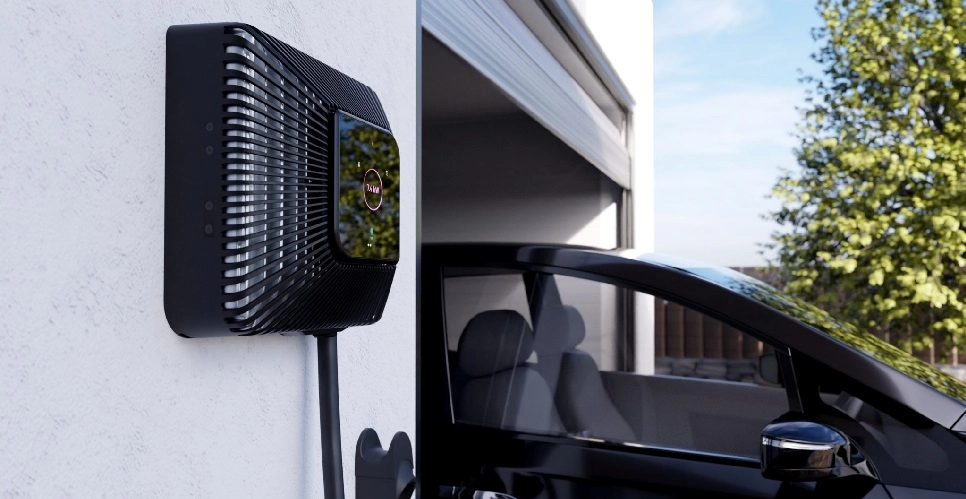The UK government has announced substantial funding for new charging technologies, paving the way for families to utilize their electric vehicle (EV) batteries to power homes and potentially save hundreds of pounds on energy bills.
The introduction of bidirectional charging allows electricity stored in an EV’s battery to flow back into the grid or back into homes and workplaces, powering various devices.
This innovation builds on existing smart charging technologies that enable EVs to charge during periods of lower electricity prices, with the added benefit of families selling surplus electricity back to the grid during peak demand, potentially leading to significant cost savings.
Businesses are also expected to benefit from Vehicle-to-Everything (V2X) technologies by storing electricity in their fleets of EVs, using it to power operations at a later date.
This advancement aligns with the UK’s commitment to renewable technologies, reducing reliance on fossil fuels and allowing stored renewable energy to be sold into the grid.
As part of this initiative, four projects are set to receive a share of £4.8 million in government funding to test and implement these innovative technologies.
The successful companies and their respective projects include:
- Hangar19 Ltd (Chelmsford): Demonstrating a 3-socket bidirectional charger to expand the range of EVs available for bidirectional charging and energy flexibility.
- 3ti Energy Hubs Ltd (Leatherhead): Combining a quick-to-deploy bidirectional charging hub with a solar canopy and energy storage battery housed in recycled shipping containers, making bidirectional charging more accessible.
- Otaski Energy Solutions Ltd (Gateshead): Trialing a bidirectional EV charger to enable fleet EV operators to access energy flexibly, potentially delivering savings in line with electricity supply and demand surges.
- Electric Green Limited (London): Collaborating with QEnergy to trial wireless V2X technology with a fleet of 20 delivery vehicles at Royal Mail.
Minister for Affordability and Skills, Amanda Solloway, expressed excitement about the prospect of families storing energy in their EVs and using it to power their homes.
She highlighted the innovation as a testament to the UK’s status as one of the world’s most innovative nations and emphasized the potential for significant savings for families.
Transport Minister for Technology and Decarbonisation, Anthony Browne, reinforced the government’s commitment to supporting drivers and leveling up charging technology.
He highlighted the substantial investment made in the transition to EVs, with the charging network growing at a rapid pace.
This funding comes in addition to existing government support for electric vehicle charging, including a £70 million pilot scheme announced at COP28 in Dubai, aimed at increasing the number of ultra-rapid charge points at motorway services.
As leading car manufacturers invest in the UK for the development of EVs and battery technology, the country solidifies its position as a global leader in zero-emissions vehicles.
The commitment to ending the sale of new non-zero emission vehicles by 2035, combined with support for innovative technologies like V2X, positions the UK for economic growth through increased employment, investment, and exports in the zero-emissions vehicle sector.
Dr. Marco Landi, Head of Technology and Innovation at JLR, expressed delight at collaborating on the project, emphasizing the acceleration of V2X technology as a key element in JLR’s journey towards an all-electric future.
The program is part of the overarching Flexibility Innovation Programme, contributing to the efficient and flexible use of electricity within the UK government’s Net Zero Innovation Portfolio.







